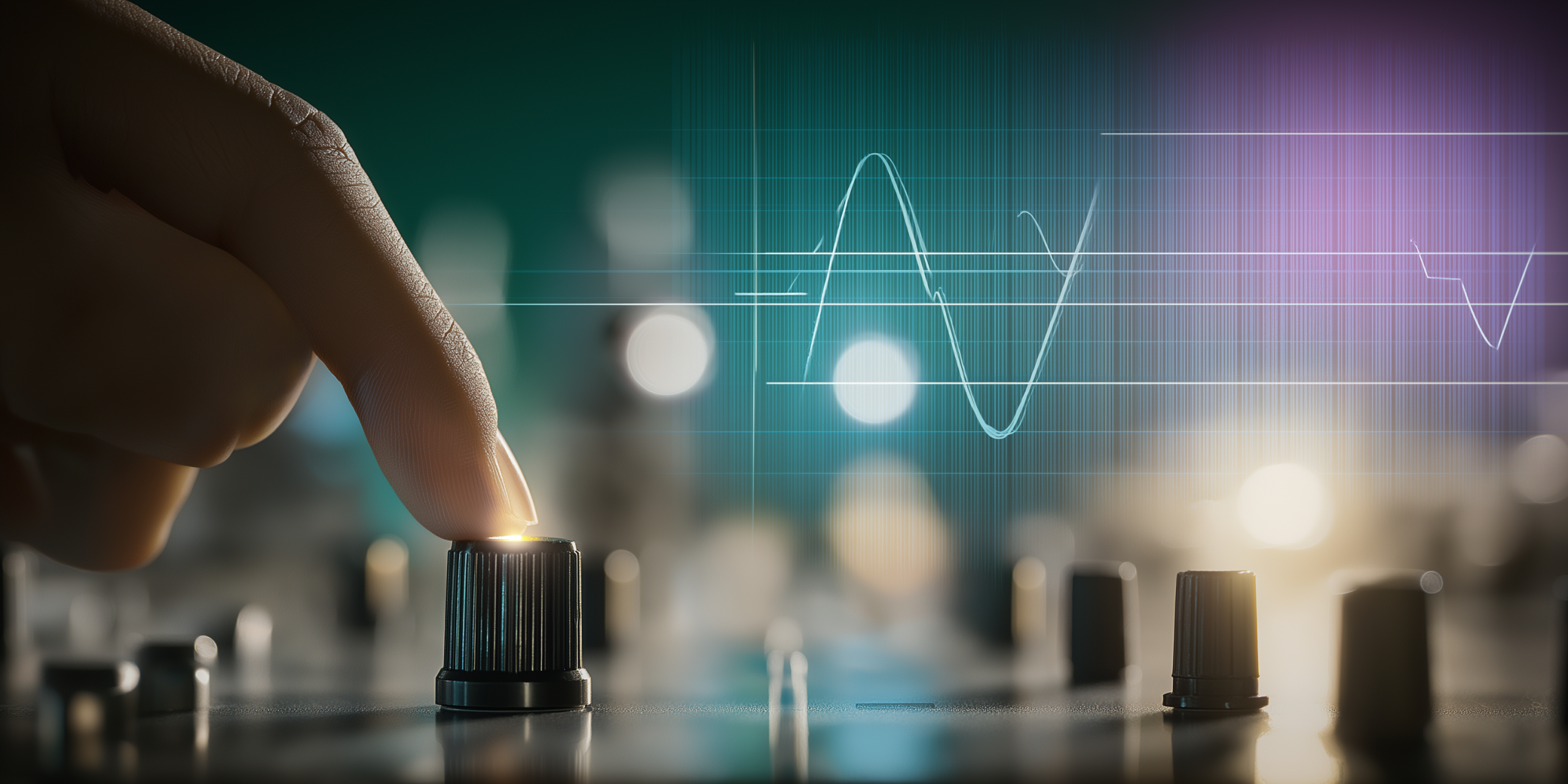Overwhelmed by Plugins? Your DAW is your secret weapon!
You’ve probably seen endless lists of "must-have" plugins, each promising to unlock the next level of sound. It's easy to fall into the trap of thinking you need a vast arsenal of expensive third-party tools to create professional-sounding electronic music. But what if your Digital Audio Workstation (DAW) itself, with all its built-in instruments and effects, holds the key to developing your unique sonic signature?
This article isn't about ignoring external plugins entirely. It's about empowering you to master the tools you already have, forcing creative limitations that often lead to groundbreaking sounds. You'll discover how focusing on your DAW's native capabilities can not only save you money but also push your creativity in unexpected directions. Ready to unlock the full potential of 'less is more'? Let's dive in.
Day 1: The synth you already own – Deep diving into native oscillators
Most DAWs come with powerful native synthesizers. These aren't just for beginners; many professional tracks use them.
Your Mission:
- Pick a Native Synth: Choose a default, general-purpose synth in your DAW (e.g., Ableton's Wavetable/Operator, FL Studio's Sytrus/3x Osc, Logic's Alchemy/Retro Synth).
- Learn the Basics: Focus on the core components:
- Oscillators: Experiment with different waveforms (sine, saw, square, triangle). How do they sound different?
- Filters: Play with the cutoff and resonance. How does it shape the sound?
- Envelopes (ADSR): Adjust Attack, Decay, Sustain, and Release to make sounds punchy (short attack, quick decay) or dreamy (slow attack, long release).
- The "One-Synth-Challenge": Try to create 3-5 different sounds only using this one synth: a bass, a pad, a lead, and perhaps a percussive sound.
Why this matters: Understanding these fundamental synth parameters allows you to sculpt any sound, building blocks for your unique sonic palette.
Day 2: The FX Rack – Unlocking Native Effects Chains
Your DAW is packed with built-in effects like EQ, Compression, Reverb, Delay, Distortion, and more. Combining them creatively is where the magic happens.
Your Mission:
- Experiment with Chains: Take one simple synth sound (from Day 1) and create an effects chain using 3-5 native effects.
- Purposeful Order:
- Start with EQ to clean up or shape the tone.
- Add Compression to control dynamics.
- Introduce Distortion or Saturation for grit/warmth.
- Finish with Time-based Effects like Reverb or Delay for space.
- The "Alien Sound" Challenge: Try to transform a familiar sound (e.g., a piano sample or a simple sine wave) into something completely unrecognizable and otherworldly, using only your DAW's native effects.
Why this matters: Native effects are robust. Learning how they interact allows you to build complex textures without external reliance.
Day 3: Samples & loops – Repurposing the built-in library
Your DAW probably came with a hefty library of samples and loops. Don't just browse; transform them.
Your Mission:
- Find a "Boring" Loop: Pick a generic drum loop, a simple synth loop, or even a vocal sample from your DAW's default library.
- Chop It Up: Use your DAW's slicing tools to chop the loop into individual hits or smaller segments. Rearrange them in a new, unexpected order.
- Process Aggressively: Apply extreme native effects (distortion, bit crusher, heavy filtering, granular effects if available) to the chopped pieces.
- Create a New Instrument: Load a single drum hit (e.g., a kick drum) into a sampler. Map it across your keyboard. Play it melodically, process it with native effects, and turn it into a bassline or a percussive synth.
Why this matters: This teaches you to see samples not just as ready-made sounds, but as raw material for unique sonic creation.
Day 4: Automation – The dynamic heart of your track
Automation is crucial for making your tracks evolve and breathe. It's how parameters change over time, adding movement and interest.
Your Mission:
- Automate Everything: Take a simple 4-bar loop you've made.
- Filter Sweep: Automate the cutoff frequency of a filter on your main synth sound to create a classic "sweep" effect.
- Volume/Pan Swells: Automate the volume of a pad to slowly fade in and out, or pan a percussion sound from left to right.
- Effect Wet/Dry: Automate the "dry/wet" knob of a reverb or delay effect to bring it in during a build-up and pull it back during the main section.
Why this matters: Automation transforms static sounds into dynamic, living elements, guiding the listener's ear and building tension.
Day 5: The challenge – Your 100% native track
It's time to put it all together. Your final mission for this article is to create a short (1-2 minute) electronic track using only your DAW's native instruments, effects, and samples.
Your Mission:
- Concept: Start with a simple idea or mood.
- Build It: Apply everything you've learned:
- Use native synths for all melodic and bass elements.
- Process sounds with native effects chains.
- Chop and transform native samples for drums or unique textures.
- Utilize automation extensively to create movement and evolution.
- Export & Reflect: Export your track. Listen to it critically. What did you learn by being limited? Where did you push your creativity?
Why this matters: This exercise forces you to think outside the box, proving that true creativity thrives within constraints.
Your unique sound: Built from the ground up
By deeply understanding and exploiting the native tools in your DAW, you’re not just learning software; you’re developing a foundational understanding of sound synthesis, processing, and arrangement. This knowledge is transferable, makes you a more resourceful producer, and, most importantly, helps you forge a sound that is uniquely yours, not just a collection of popular presets.
Embrace the constraints, get creative, and let your DAW reveal its true power.
